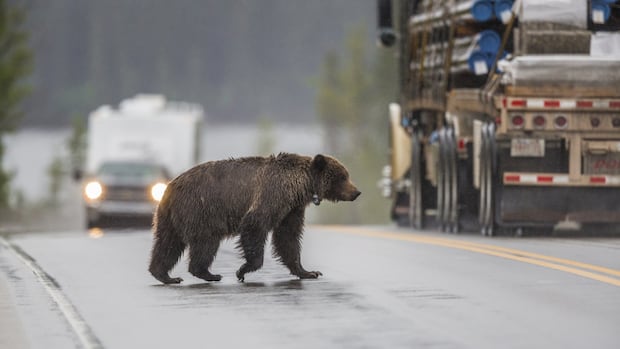Massive fires fuelled by climate change led global forest loss to smash records in 2024, according to a report issued on Wednesday.
Loss of tropical pristine forests alone reached 6.7 million hectares (16.6 million acres), an area roughly the size of Panama, marking an 80 per cent spike compared to 2023. One of the central drivers of these staggering numbers was Brazil, the host of the next global climate summit in November, struggling to contain fires in the Amazon amid the worst drought ever recorded in the rainforest.
According to the data, issued by the World Resources Institute and the University of Maryland, the rate of tropical primary forest loss in 2024 was the equivalent of losing 18 soccer fields of trees per minute.
Canada and Bolivia, along with myriad other countries, were also on the list of those ravaged by wildfires, with both tropical and boreal forests seeing huge impacts from fires.
It was the first time the annual report showed fires as the leading cause of tropical forest loss, a grim milestone for a naturally humid ecosystem that is not supposed to burn.
“The signals in these data are particularly frightening,” said Matthew Hansen, the co-director of a lab at the University of Maryland that compiled and analyzed the data. “The fear is that the climate signal is going to overtake our ability to respond effectively.”
Globally, researchers estimated that more than 4.1 gigatonnes of greenhouse gases were released due to forest fires last year — more than four times the emissions released from air travel in 2023.
Bolivia overtook the Democratic Republic of Congo as the second country with the most tropical forest loss despite having less than half the amount of forest as the African nation, which also saw a spike in forest loss last year.
Bolivia’s forest loss surged by 200 per cent in 2024, with a drought, wildfires and a government-incentivized agricultural expansion as the leading causes. In regions full of tropical forests, fire is used to clear lands for agricultural expansion, sometimes cutting into protected areas or causing illegal deforestation.
One region in southern Bolivia bucked the trend of forest loss: Charagua Iyambae, a protected, autonomous Indigenous territory, which was able to keep the country’s record fires at bay through land-use policies and early warning systems.
The Charagua Iyambae region includes five million hectares of forest, and recent protection laws have strengthened the Guaraní Indigenous people’s management of the lands, allowing them to better resist agricultural expansion.
Southeast Asia also saw glimmers of hope, with Malaysia, Laos, and Indonesia all posting double-digit decreases in primary forest loss — something the report credits to domestic conservation policy, combined with efforts by communities and the private sector, effectively containing fires and agricultural expansion.
Countries hit hard by fires
Latin America was hit particularly hard, the report said, with the Amazon biome hitting its highest level of primary forest loss since 2016.
Brazil, which holds the largest share of the world’s tropical forests, lost 2.8 million hectares (6.9 million acres), the most of any country. It was a reversal of the progress made in 2023 when President Luiz Inacio Lula da Silva took office promising to protect the world’s largest rainforest.
“This was unprecedented, which means we have to adapt all our policy to a new reality,” said Andre Lima, who oversees deforestation control policies for Brazil’s Ministry of Environment, adding that fire, which was never among the leading causes of forest loss, is now a top priority for the government.
Increased forest loss in Mexico, Peru, Nicaragua, and Guatemala was spurred largely by wildfires and fires started for agricultural expansion, the report found. Conflicts in Colombia and the Democratic Republic of Congo also boosted deforestation rates, as armed groups used up natural resources.
5.2 million hectares in Canada
Outside the tropics, boreal forests, which evolved with seasonal fires, also posted record-high tree loss in 2024, the data showed, with Canada and Russia each losing 5.2 million hectares (12.8 million acres) in 2024 as wildfires got out of control.
It’s part of a dismal trend for Canada. Data from the World Resources Institute published last year found that Canada’s devastating 2023 wildfire season accounted for more than half of that year’s global forest loss due to fire.
More than half of all the forest lost to fire last year was in Canada thanks to an unprecedented wildfire season, according to an annual survey published by the World Resources Institute.
In 2021, more than 140 world leaders, including Canada, signed the Glasgow Leaders Declaration reaffirming a promise to halt and reverse forest loss by 2030. But this new data suggests the global community is far off track in achieving that goal.
Rod Taylor, the global director for forests at the WRI, said that as leaders descend on the Amazonian city of Belem for the next climate summit, he would like to see countries make progress in introducing better funding mechanisms for conservation.
“At the moment,” he said, “there’s more money to be paid by chopping forests down than keeping them standing.”






